Repurposing end-of-life shipping containers is a sustainable trend that is gaining more and more popularity. These structures are compact, modular, mobile and scalable, which makes them a great material for construction of extraordinary and practical office spaces.
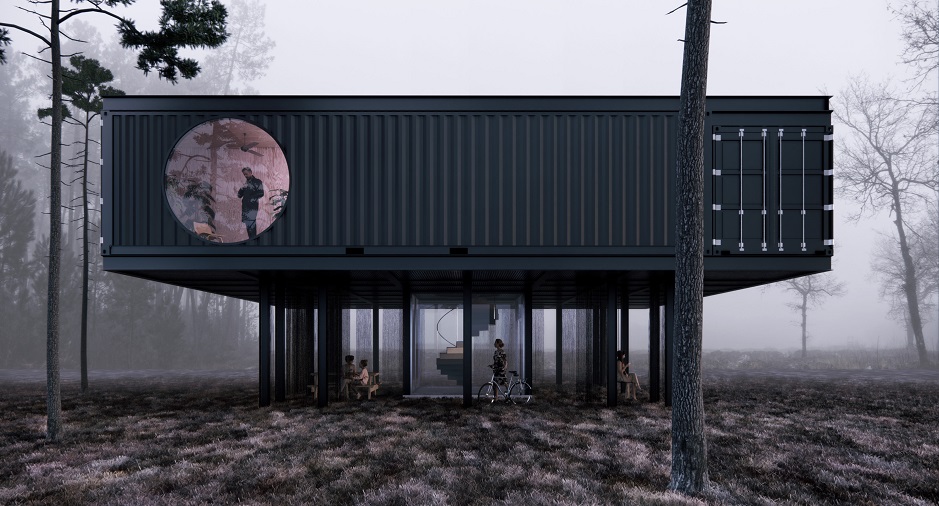
French company CAPSA Containers hosted a Design for Tomorrow competition that invited architects and designers to create the office of their dreams using four repurposed containers.
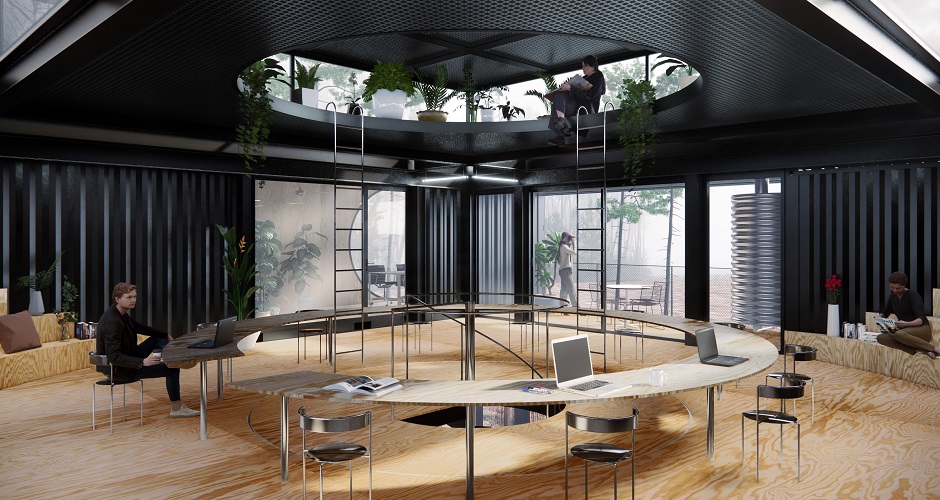
Bureau Agreste by Hugues Hernandez, Morgan Baufils and Ariane Marty (via CAPSA; also header image)
The winning project by the team of Hugues Hernandez, Morgan Baufils and Ariane Marty is a modern two-storeyed shipping container office. Named Bureau Agreste, the structure is organized around a shared central space that encourages exchange and debate in a bright and contemporary environment. Located concentrically are more intimate spaces intended for meetings and appointments. The open floor plan makes the space feel roomier and enhances productivity.
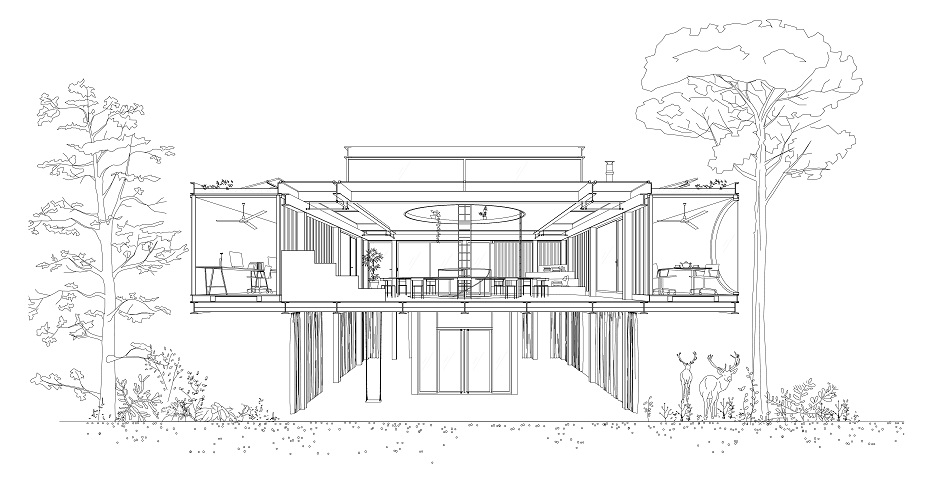
Bureau Agreste by Hugues Hernandez, Morgan Baufils and Ariane Marty (via CAPSA)
The project aims to a certain resilience and seeks to minimize its ecological impact. The container suspension reduces environmental footprint and frees up the ground space for organizing recreational outdoor activities and gives the elevation needed for natural light. The eco-friendly structure features solar panels on the roof as well as a rainwater harvesting system, which makes it perfect for off-grid locations. The use of dry toilets, wood stove, ceiling fan or even bio-sourced materials from the local industry adds to the sustainability of the project.
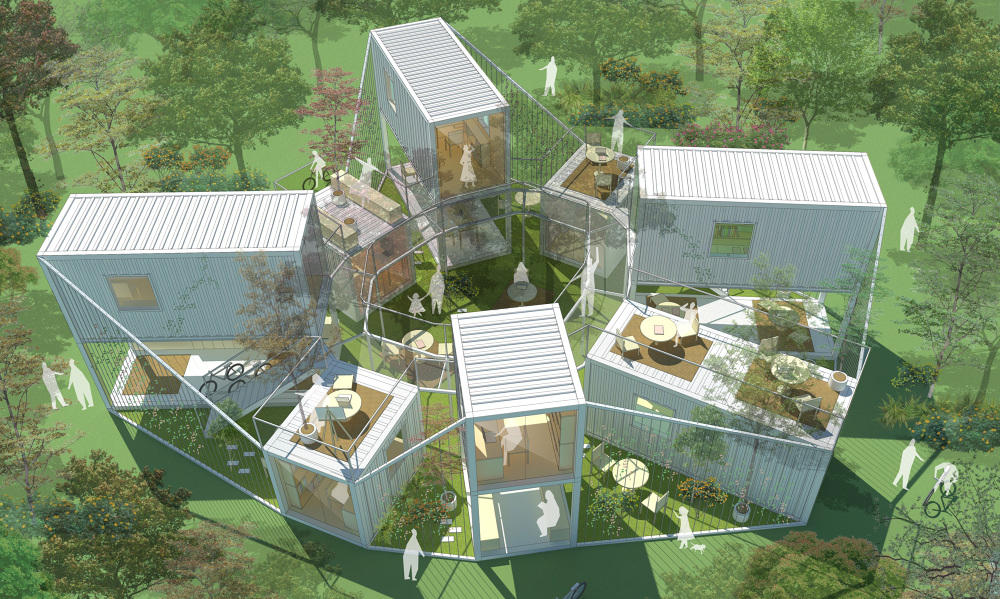
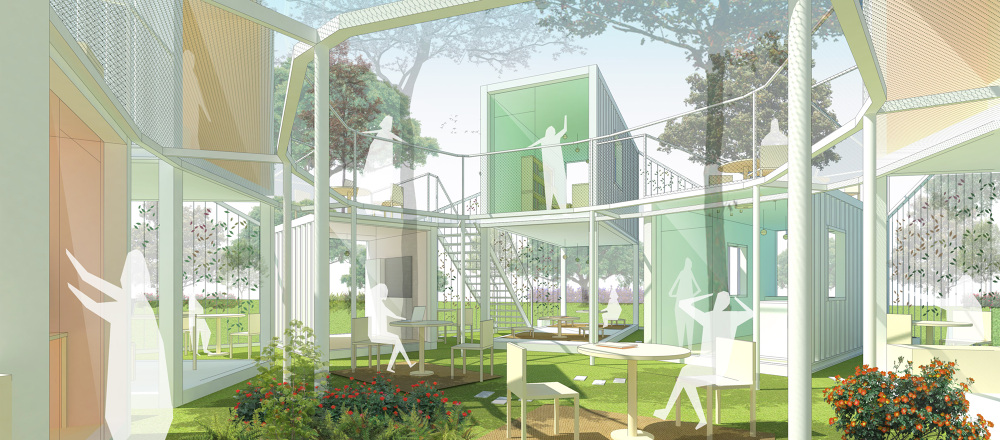
Flowers in the Garden by Eu Jin Lim
The second place was awarded to Flowers in the Garden by Malaysian designer Eu Jin Lim, who envisioned a shipping container office to be a hybrid of communal workspace and a garden. The project challenges traditional office settings by integrating the natural environment into the workspace and blurring the boundary between the users and their surroudnings.
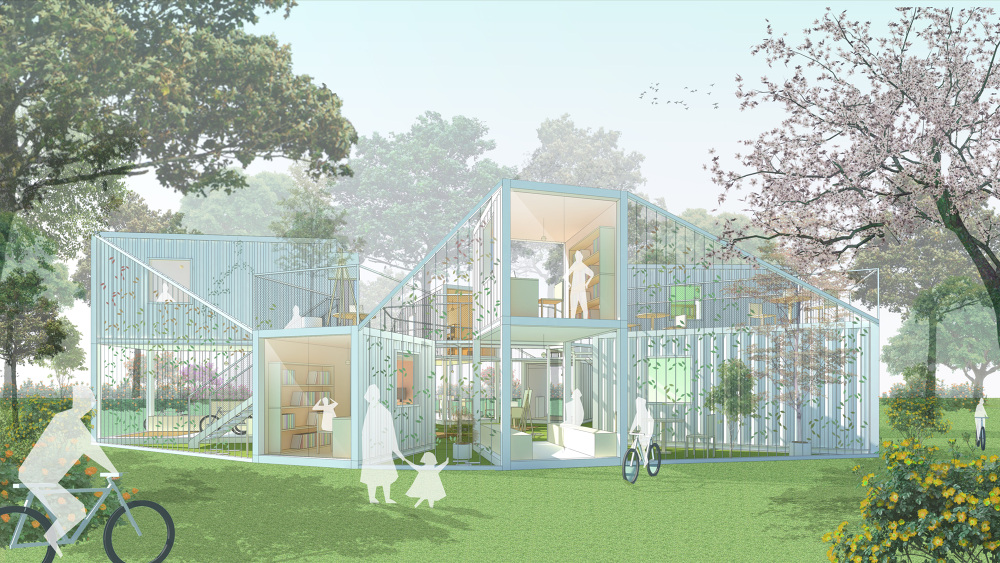
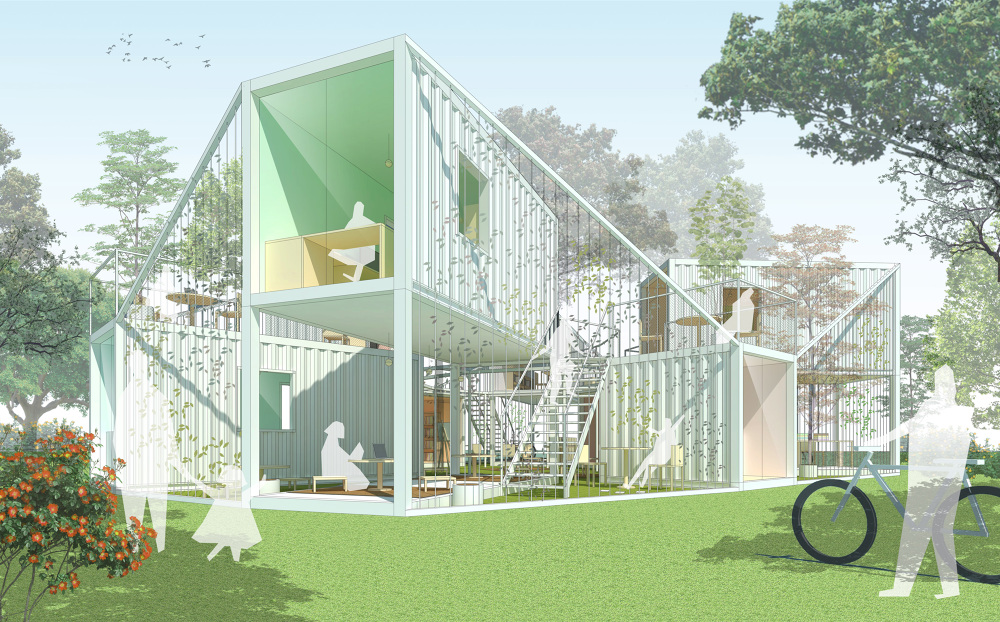
Flowers in the Garden by Eu Jin Lim
Containers in this project are rearranged to form an organic but playful structure with soft screens and in-between green buffering spaces that encourage social activities and provide surprising encounters with flora and fauna, as well as a breath of fresh air and sounds of nature.
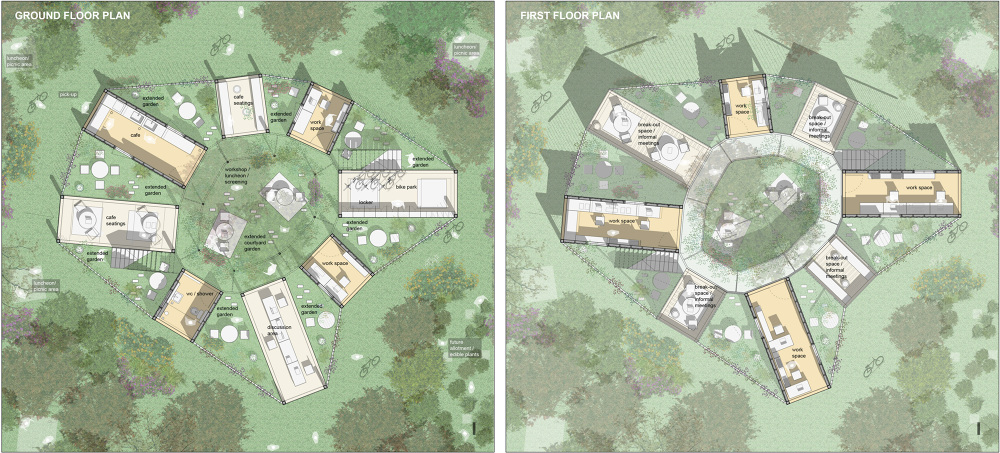
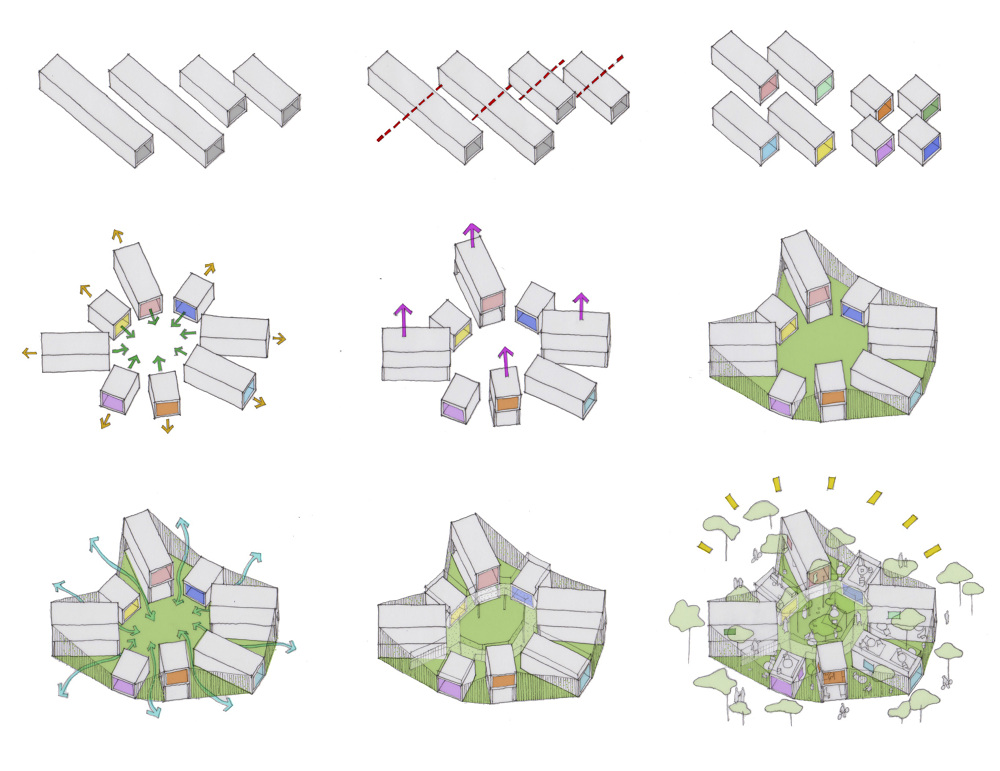
Flowers in the Garden by Eu Jin Lim
The result is a diverse ecosystem of perforated mass that is always ‘breathing’. This office design lets the user stay healthily distanced but not socially separated and provides a refreshing break from staring at their screens.
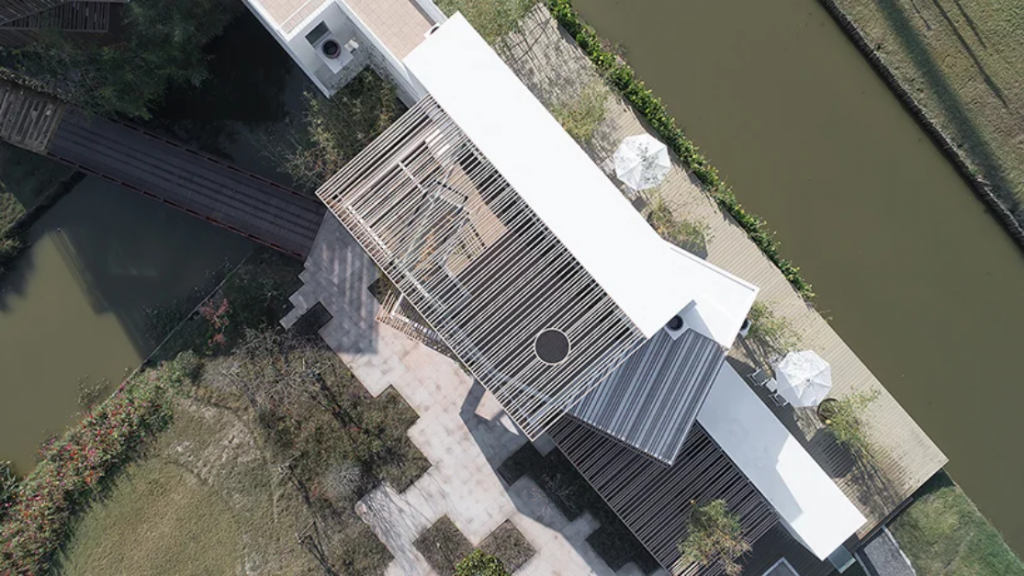
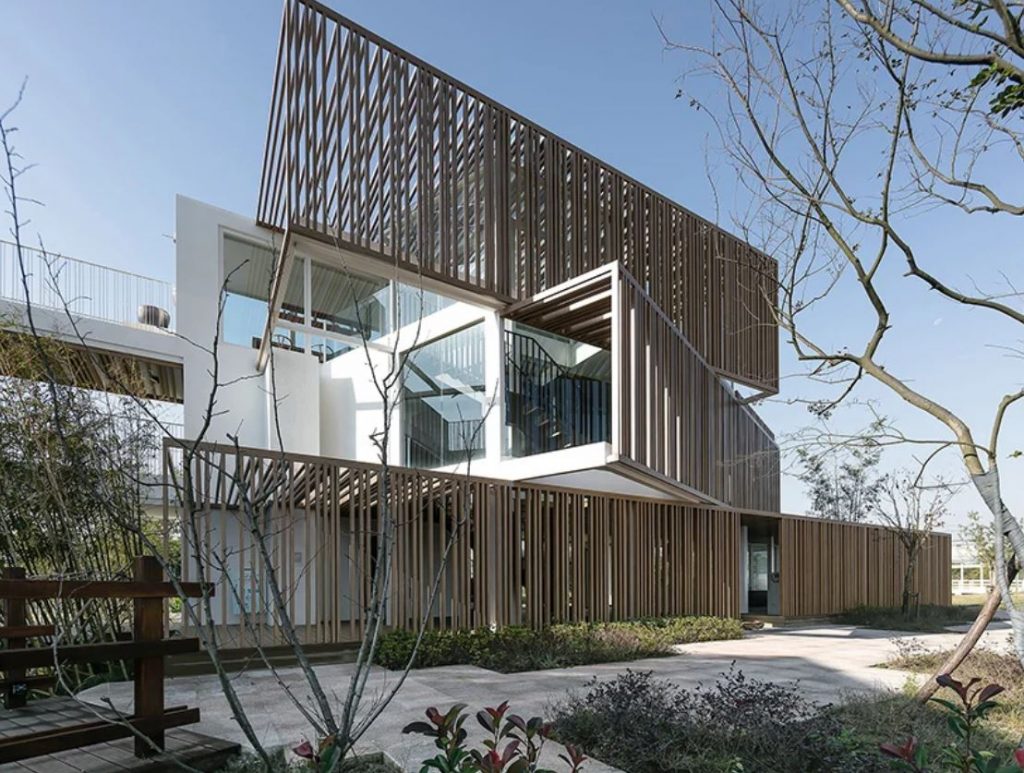
The Solid and Void by Yiduan Shanghai Interior Design (via designboom)
In the meantime, Chinese firm Yiduan Shanghai Interior Design has completed The Solid and Void, a three-storeyed office building composed of 10 stacked shipping containers. The architects paired each container with an outdoor void box intended to increase their interior functional area and create open air balconies.
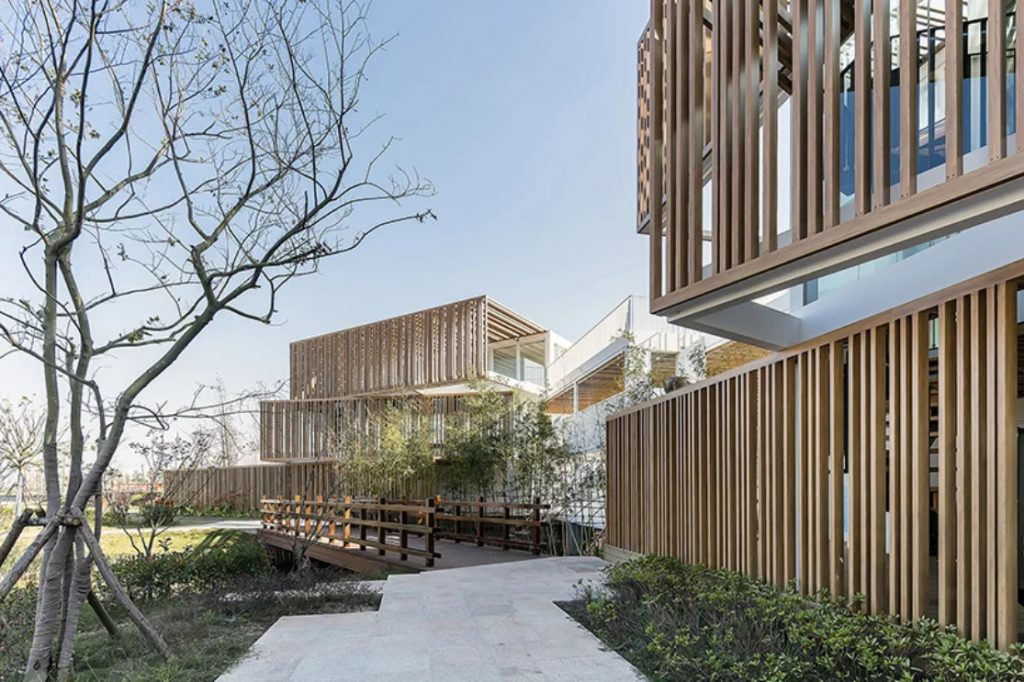
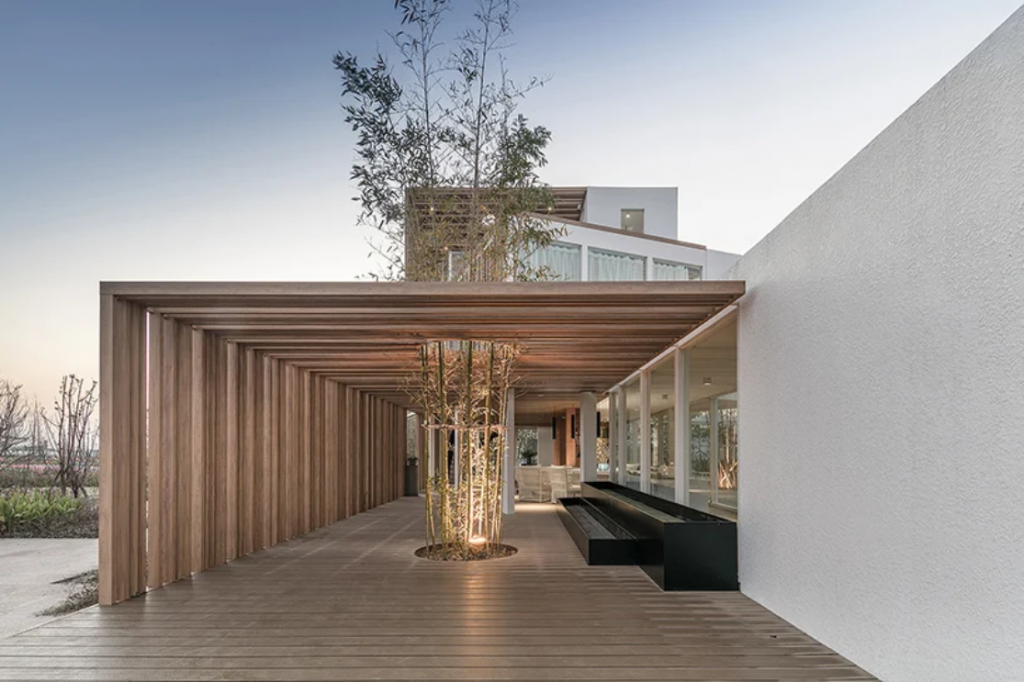
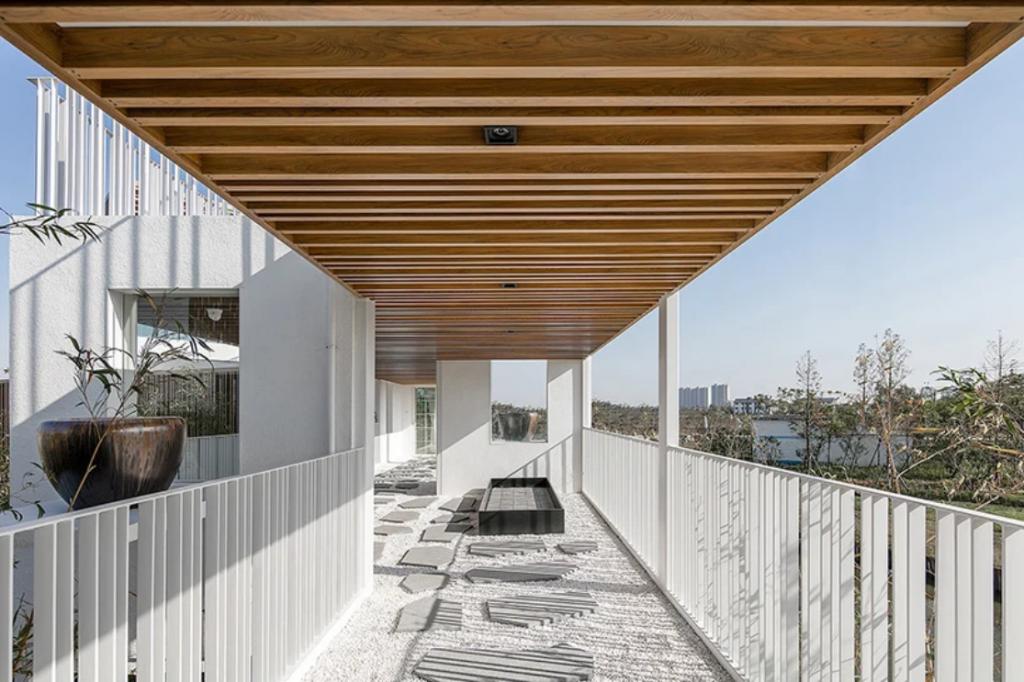
The Solid and Void by Yiduan Shanghai Interior Design (via designboom)
The added volumes are clad with light wooden grilles to provide shade to the balconies, bring natural light into the interior, and create a poetic interplay of light and shadows. The coordinated colour palette of white and light wood lets the structure blend in with the surrounding greenery of an open grassland. This impression is enhanced by the incorporated natural elements such as a tree built into the first floor deck and several rock garden spaces to evoke a calm, Zen environment.
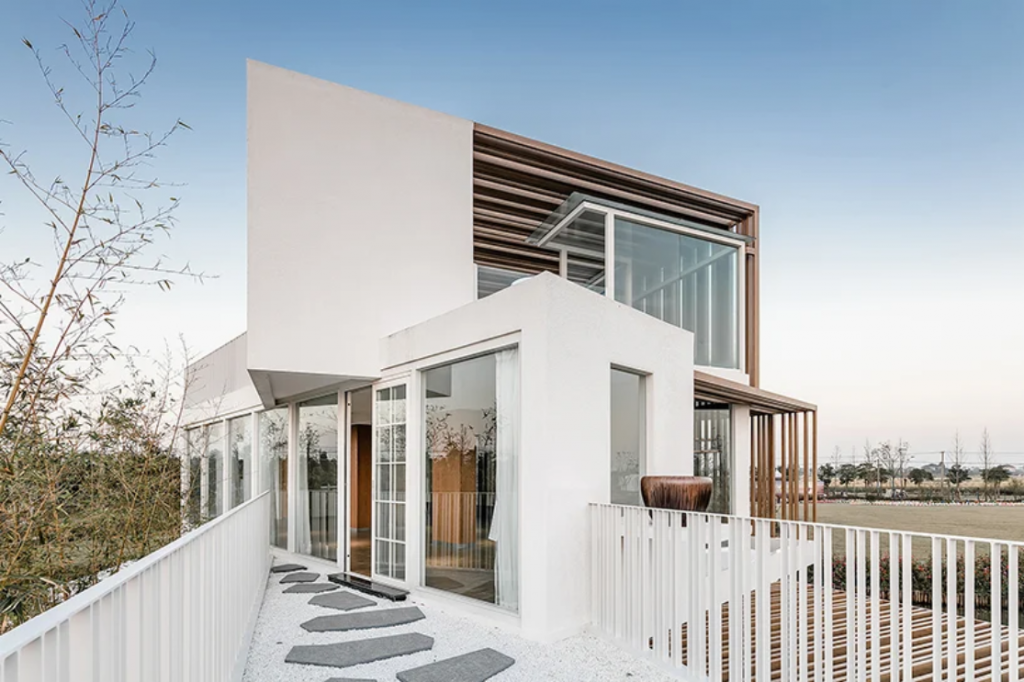
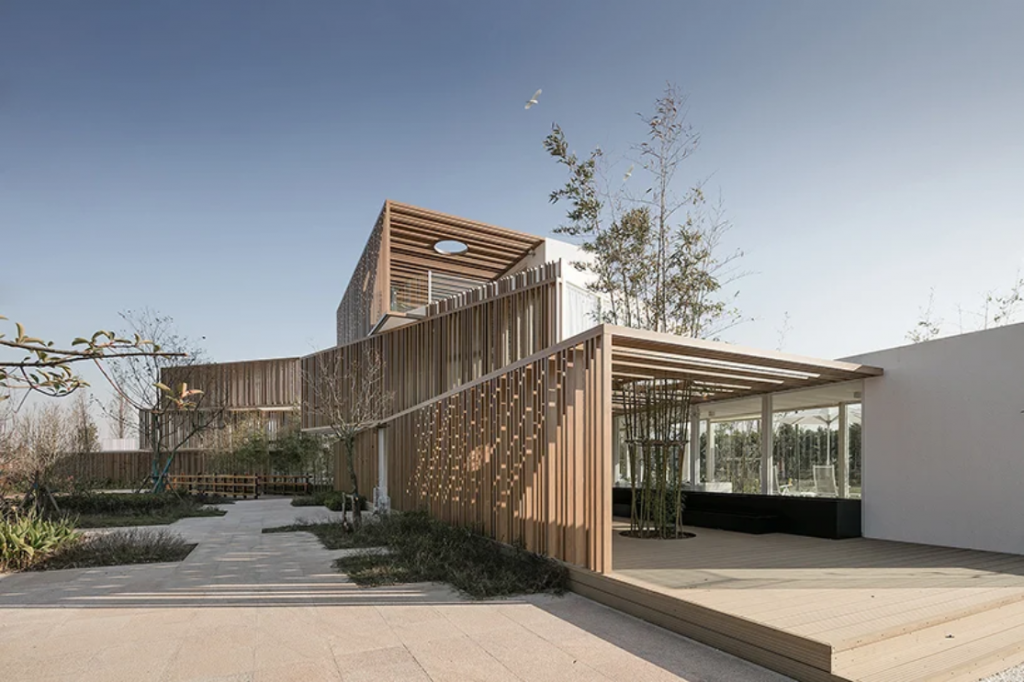
The Solid and Void by Yiduan Shanghai Interior Design (via designboom)
The first floor of the building functions as reception and display area, the second level houses a cafeteria, while the third floor hosts workspaces and meeting rooms.